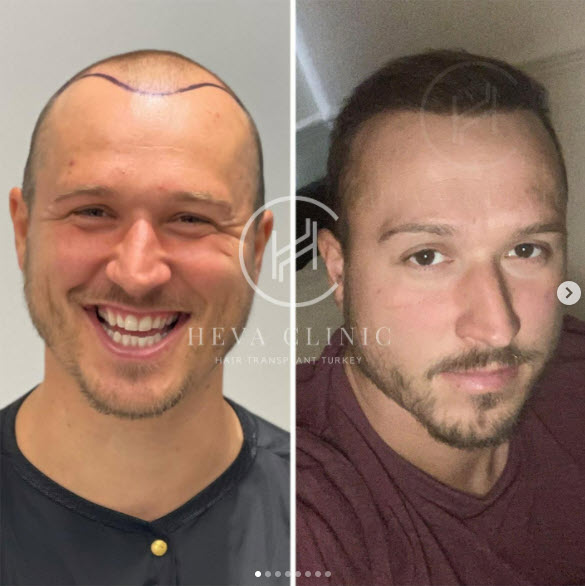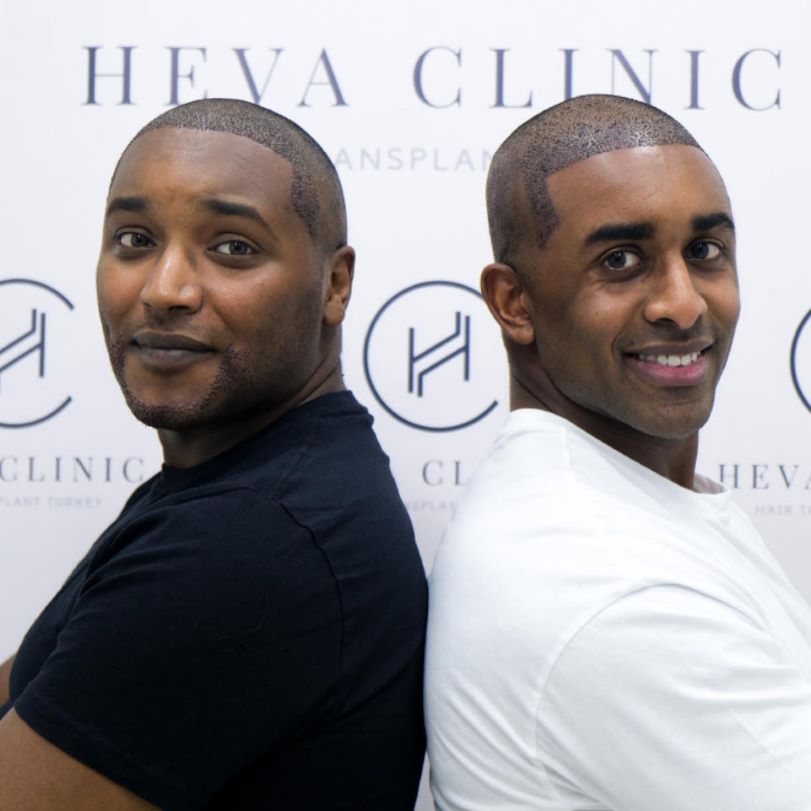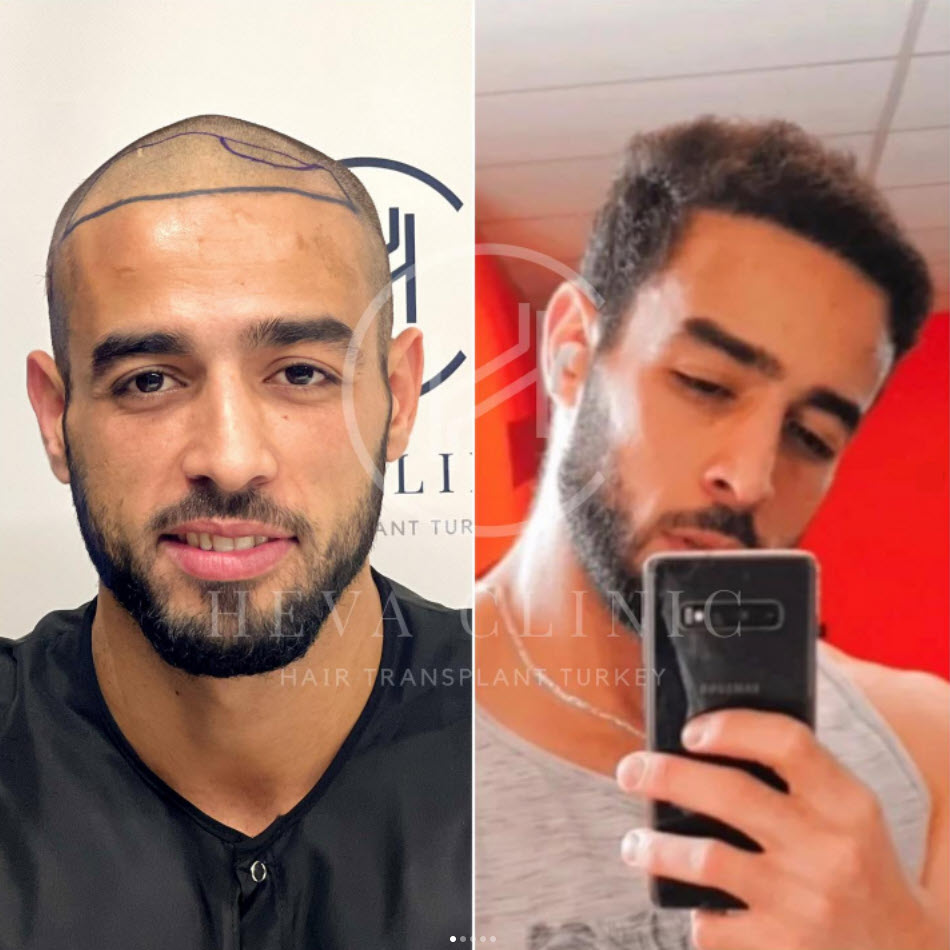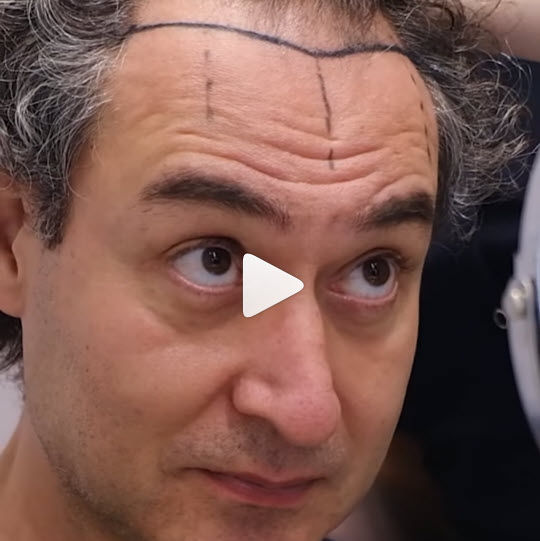
The follicular unit transplantation (FUT) hair transplant, which is also known as strip hair transplant, is one of the earlier hair transplant methods that involves the transplantation of individual hair follicles. [1]
The FUT hair transplant is one of the first innovative technologies that offer effective long-term solutions to men and women with hair loss problems, including thinning and baldness. This method has formed the basis of more recent hair transplant technologies, such as follicular unit extraction (FUE) and direct hair implantation (DHI).
It is common for people to feel confused when making the choice of hair loss transplant method suitable for them. They also want to know whether FUT Hair Transplant is outdated following the discovery of these newer methods or if it should still be considered a viable alternative.
This article aims to address these concerns and provides insights into FUT procedure and compares it with the FUE hair transplant method to help you make an informed decision.
What hair transplant technologies has developed in the last two decades?
Making the choice of the best hair transplant method suitable for you requires a deep dive into understanding the hair transplant technique available for you today.
Let us have a closer look below at the FUT procedure and its comparison to the FUE method.
Click here to go to the FUT vs FUE comparison right away.
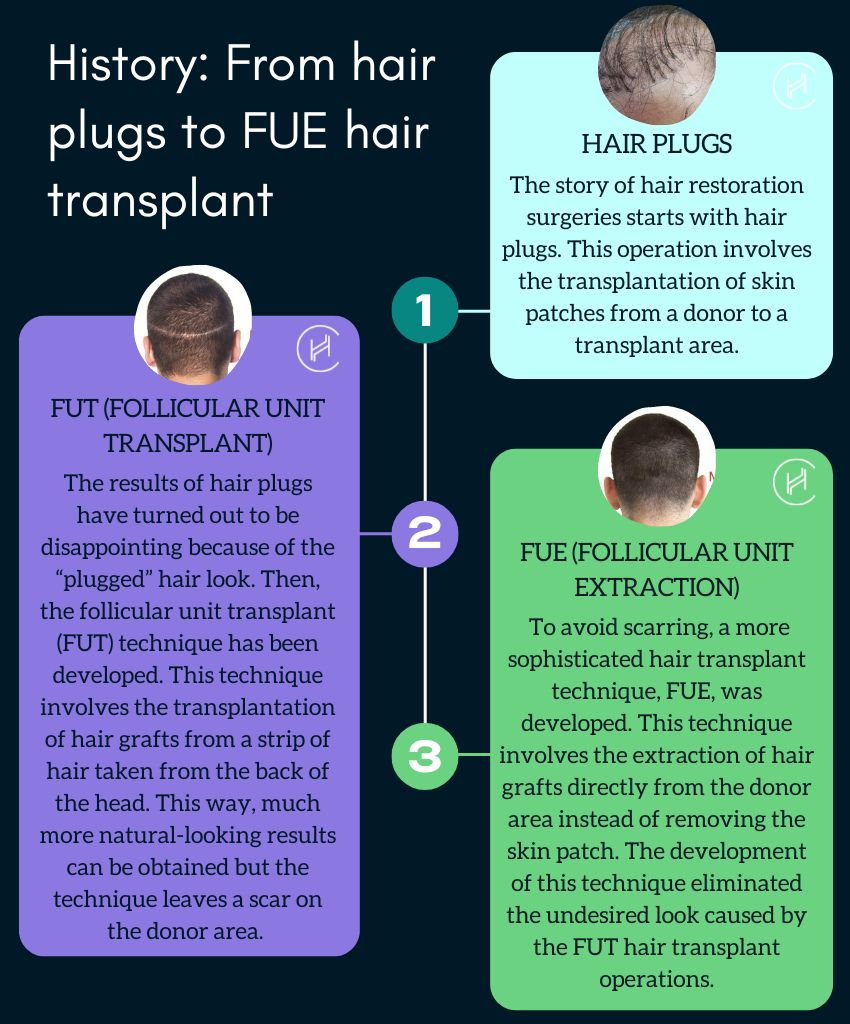
FUT hair transplant procedure
1- FUT hair transplant involves extraction of the individual hair follicles as a strip of hair, which is usually cut from the back of the head. In this step, your surgeon will cut a strip of hair that can provide enough hair follicles for the recipient area having thinning or baldness and start to extract individual hair follicles for transplantation.
2- Once the extraction is done, the donor area will be stitched back to close the exposed scalp. The extracted hair follicles are then processed and transplanted into micro-incisions created in the recipient area. [2]
3- Once the hair follicles are transplanted, the recipient and donor areas are covered lightly to protect these sensitive areas.
4- So, these steps of a FUT hair transplant involve taking stitches or sutures, which implies a potential risk of infection at the donor or recipient sites.

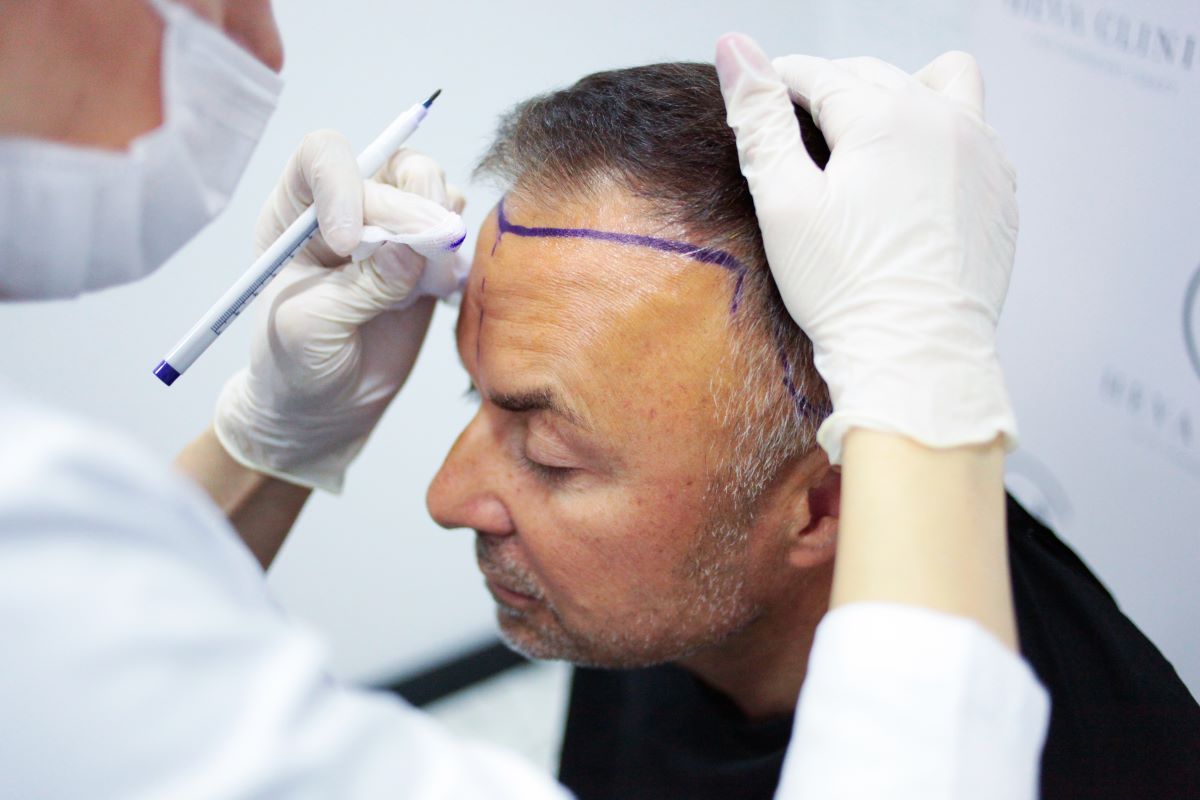
Who is eligible for a FUT hair transplant?
People who have a receding hairline are usually good candidates for a FUT strip hair transplant. The FUT technique also requires you to be older than 25 years old and have enough healthy hair follicles in the donor area.
The average cost of FUT hair transplant in Turkey
The cost of a FUT hair transplant in Turkey ranges between $2,000 and $3,000 depending on the transplant area and your clinic of choice. However, as the FUT technique has lost its popularity in this decade, not many hair transplant clinics offer this procedure.
Which one is better: FUE vs FUT hair transplant?
Choosing between the available hair transplant methods can be challenging. The decision to choose between FUE vs FUT hair transplant methods should be based on your personal expectations and suitability for your condition.
Being aware of the pros and cons of these methods, in terms of scarring, cost, success rate, results, pain level, and recovery period, is essential to ensure you are able to make an informed decision.
Here is an infographic that summarizes the various parameters associated with FUE and FUT hair transplant methods to help you compare the pros and cons associated with each.

Let’s learn more about the points of comparison briefly highlighted in this infographic.

FUT vs FUE: Scar
Scarring is understandably one of the biggest concerns for FUT. This is why; it is considered a red flag for this method.
Even though some clinics don’t want to accept it, it is a fact that FUT does cause skin scarring. However, this issue does not bother everyone and can be corrected easily by a short FUE scar repair procedure after the hair transplant. So, even if you had a negative experience and got a strip scar after a FUT hair transplant, you don’t have to worry much about it. [3]
But, it’s still important to make sure that you choose a well-equipped clinic having a team of experienced hair transplant surgeons who have the skills and expertise in FUT operations so that you can avoid or minimize your risk of scarring.
And if you are still bothered with the minor scarring, you can always get it covered.

FUT vs FUE: Cost
Hair transplant operation costs are one of the most important factors you must consider while making a decision on which hair transplant is better for you.
There’s a tie when it comes to the cost of FUT vs FUE hair transplants.
Even though FUE is the most commonly chosen option in this decade, both operations cost roughly the same in Turkey. But, in other countries, FUT is generally a more affordable choice.
So, if you are trying to decide whether you should get a FUT or FUE hair transplant in Turkey, it’s better to evaluate other variables before making your decision.

FUT vs FUE: Success rate
Both the FUT and FUE hair transplant methods have a high success rate of over 90%. However, the FUT method can be slightly more effective when it comes to the end results, especially if you have extensive hair thinning or baldness and need more than 5000 hair grafts to be transplanted.

FUT vs FUE: Results
Both FUT and FUE hair transplants can lead to successful results if they are performed by a skilled surgeon having good knowledge and expertise.
However, the minor scarring associated with the FUT method may become obvious in some cases. Hence, if you plan to keep your hair short, this might lead to unsatisfying results.

FUT vs FUE: Pain
Both FUT and FUE hair transplant procedures are performed under local anesthesia. Hence, they are not painful.
However, the FUT method might cause mild pain in some cases as it involves making an incision at the donor site and using sutures to restore the scalp. [4]
On the other hand, since the FUE method involves creating micro-incisions to extract hair follicles and does not require cutting or removing the skin tissue, it is nearly painless or less painful than the FUT technique.

FUT vs FUE: Recovery period
Even though the implantation step is similar in both the FUT and the FUE methods of hair transplant, the extraction processes involved in them are completely different.
The strip-of-skin removal step in the FUT hair transplant method leaves a relatively larger area to be recovered. However, the FUE method leaves only small scabs, which recover dramatically faster than FUT scars. So, when it comes to the recovery period, the FUE technique is superior.
FAQ: FUE vs FUT Hair Transplant
FUE typically leaves tiny, dot-like scars scattered throughout the donor area that is not visible, whereas FUT leaves a linear scar along the donor area where the strip of scalp tissue was removed like in the picture below.

Hence, FUE is often preferred for those who wish to wear shorter hairstyles and have less visible scarring.
The biggest difference is that the FUE involves harvesting individual hair follicles from the donor area using a small punch tool, while FUT involves the removal of a strip of scalp tissue from the donor area followed by its dissection into individual follicular units.
FUT is generally considered more invasive than FUE because it involves the removal of a strip of scalp tissue. FUE is less invasive and does not require stitches or sutures.
FUE typically has a quicker recovery time compared to FUT. Patients undergoing FUE may experience minimal discomfort and can usually resume normal activities within a few days.
FUT, in comparison, may require a longer recovery period due to the need for stitches and potential discomfort in the donor area.
Both FUE and FUT can produce natural-looking results when performed by a skilled surgeon. However, the harvesting method may affect the density and quality of the grafts, potentially influencing the overall outcome.
It’s essential to discuss your expectations and goals with your surgeon at the HEVA to determine the most suitable procedure for you.
FUT may be more suitable for individuals with advanced hair loss or those requiring a large number of grafts, as it allows for the harvesting of a higher quantity of donor hair in a single session.
However, FUE can also be effective for advanced hair loss when performed over multiple sessions.

Conclusion: Is FUT hair transplant worth it?
The FUT method can be worth going through the trouble, especially if you have a tight budget and fond a clinic that provides the operation at a lower cost.
Although FUE method seems superior, the FUT method can be worth exploring as long as you are aware of its pros and cons.
References:
- https://pubmed.ncbi.nlm.nih.gov/19034815/
- https://pubmed.ncbi.nlm.nih.gov/31624428/
- https://pubmed.ncbi.nlm.nih.gov/31624428/
- https://www.ncbi.nlm.nih.gov/pmc/articles/PMC6536877/


